For years, decades really, I’ve struggled moving boat trailers around by hand. They always seem to be on grass or dirt; somehow I’ve never had the luxury of paving. My jack wheels can create a lot of serious drag in grass, and they’ll dig holes in dirt when I straighten them out.
A thread on the WoodenBoat Forum, an immensely valuable resource for me, addressed this problem. “Thorne,” the forum member who started the thread, discovered Croft Trailer Supply in Kansas City, Missouri, not a place I’d think of for boating gear. Croft makes a pneumatic-wheel kit with dual 10″ wheels. The plated-steel hubs have grease fittings to lubricate the axle and bushings. Between the wheels is a plated-steel caster plate with a 2″ socket.
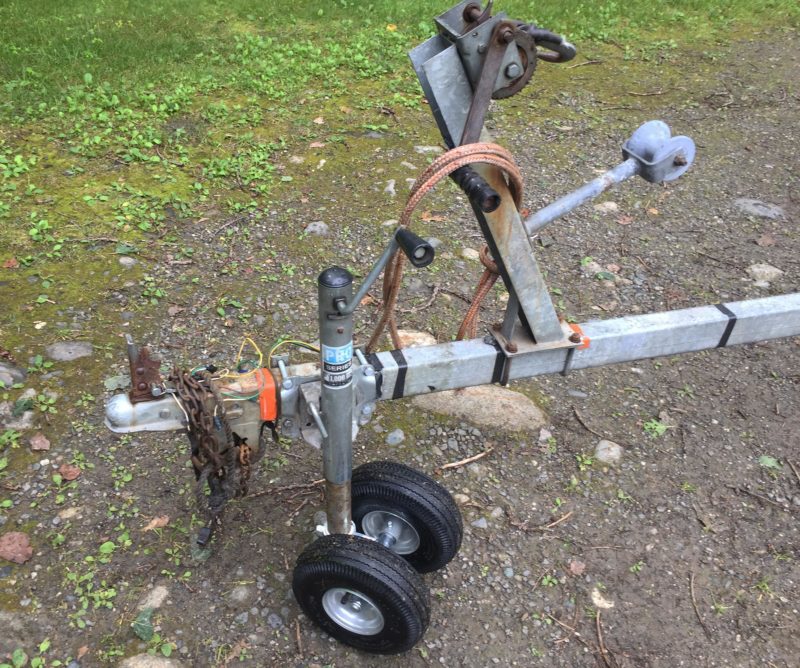 Photographs by the author
Photographs by the authorThe two 10″ pneumatic tires provide lots of support on soft ground. The rope coiled around the winch post is what the author uses to pull the trailer; the jack-stand wheels follow on their own. The grease fitting for the far wheel is visible on the inside of the hub.
Several forum users bought the Croft wheel kit. One was especially interested in using the wheels with a light aluminum trailer that he pushes by hand across sand. At $90, the kit seemed pricey, but the other option I’d considered, a two-wheeled hand dolly, costs about the same. I often need to move the trailer when I’m away from home, and a hand dolly isn’t easy to carry along. So, I went ahead and got the kit.
To fit it to my existing jack stand, I had to cut off the welded-on caster wheel. It could have been done with a hacksaw, but it was much faster to use a grinder with a cut-off wheel, while wearing, of course, gloves, a full face shield, and ear protectors against the sparks and noise.
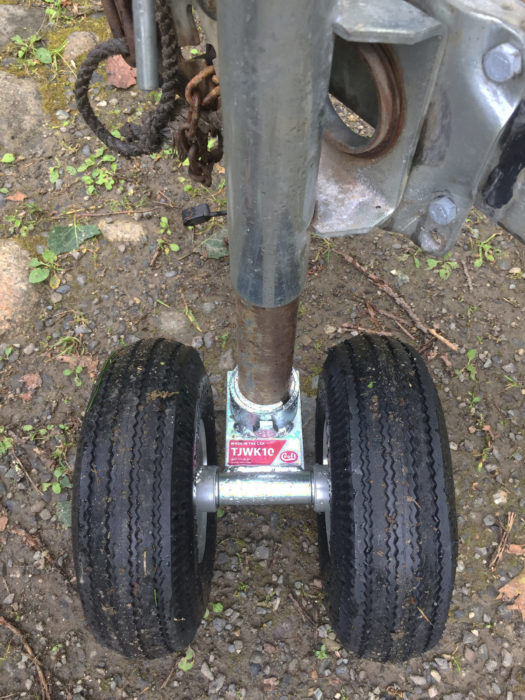
The caster plate is bolted to the jack-stand’s extending tube, which must be able to rotate for the wheels to pivot. The author’s plastic-pipe adapter, with a small gap where it it split, is visible here.
The Croft caster plate is built to fit a rotating 2″ jack tube. Mine was only 1-1/2″ in diameter, so it needed a bushing to fit snugly. One of the forum users found a bronze pipe of the right size, and there is mild steel tubing with a 2″ outer diameter and a 1-1/2″ inner diameter, but I happened to have a piece of 1-1/2″ PVC pipe. I cut a short length of it, then sawed a slot in it so I could open it up to fit around the tube. The pipe was a bit too thick, so I used my angle grinder with an 80-grit disc to thin it down for a snug fit in the caster-plate socket.
The caster plate’s socket is fitted with a 1/2″ bolt, so I needed to drill a matching hole through the tube and PVC. My 1/2″ drill bit was not up to the task, so I invested in a hardened metal bit at about twice the cost. Chucked into my 20-volt battery-powered drill, it did the job just fine. You need to be careful when drilling through metal: When the bit breaks through the back side, the tip of the bit can catch and set a piece of metal spinning or, if the metal is well anchored, wrench the drill out of your hand.
Even with the two oversize wheels, the jack will still fold away. With the wheels down, I can now push and pull the trailer easily over grass and dirt. Gone is the struggle. I like my new “four-wheel trailer” so much that if I were to get another trailer, I’d move my upgraded jack to it.![]()
Ben Fuller, curator of the Penobscot Marine Museum in Searsport, Maine, has been messing about in small boats for a very long time. He is owned by a dozen or more boats ranging from an International canoe to a faering.
The pneumatic wheel kit is available from Croft for $182.95 plus shipping. Price current as of June 2024.
Is there a product that might be useful for boatbuilding, cruising, or shore-side camping that you’d like us to review? Please email your suggestions.
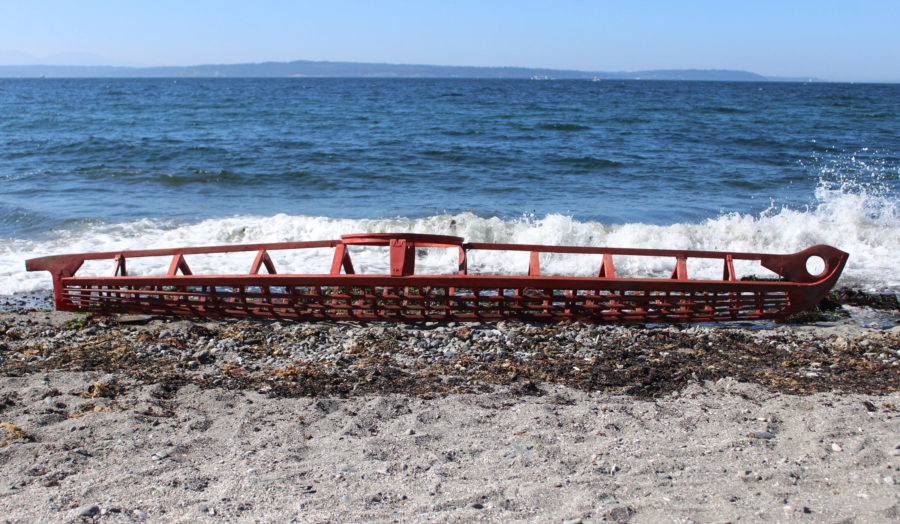
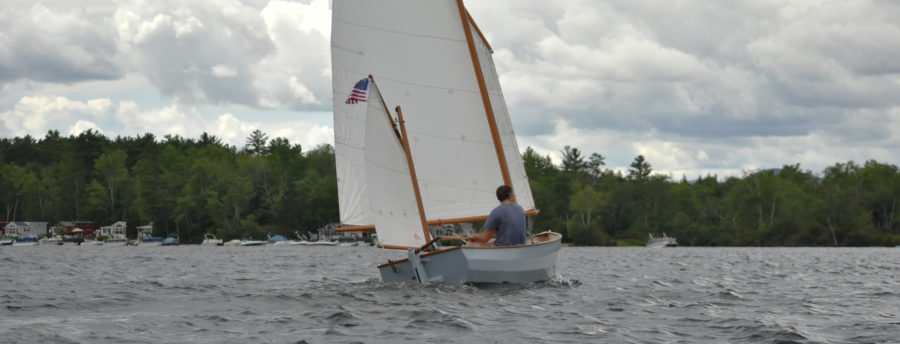

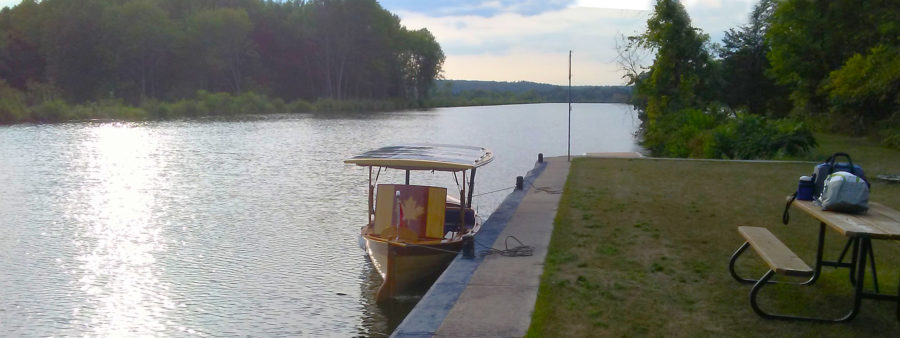
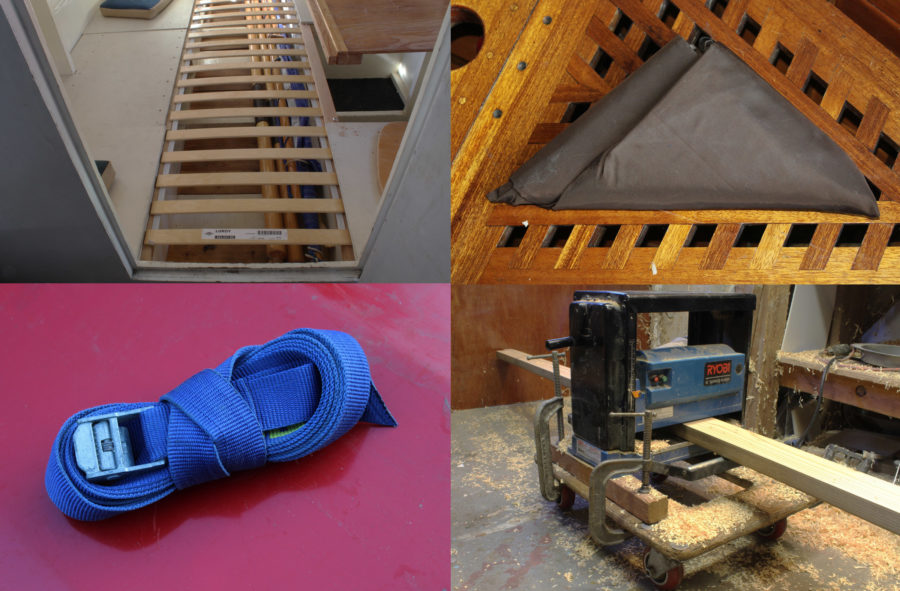
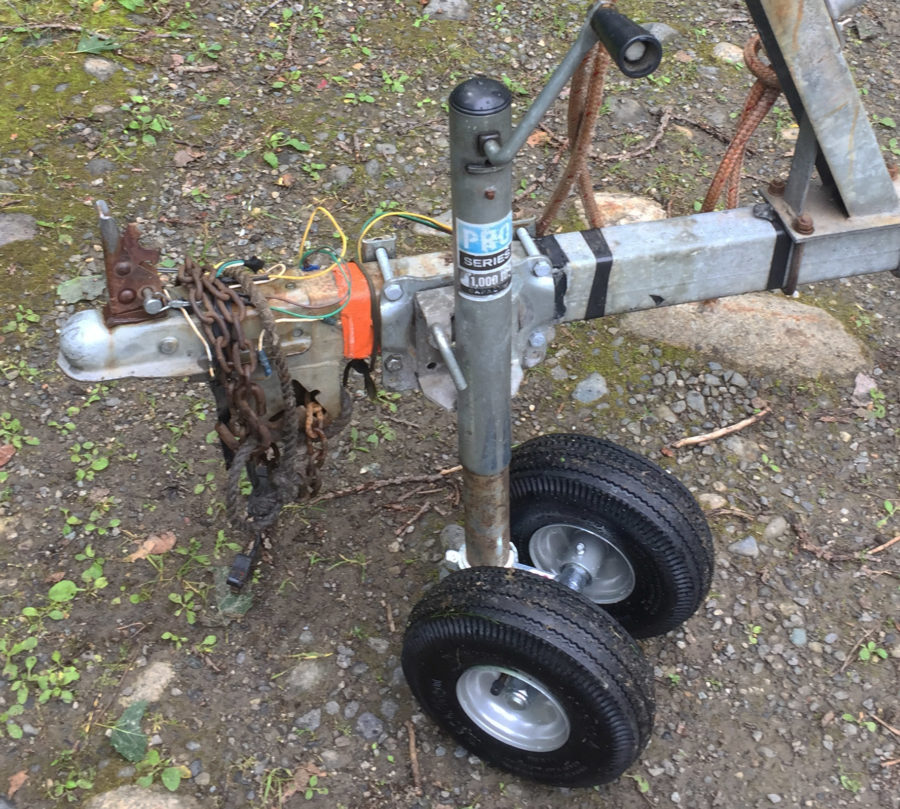
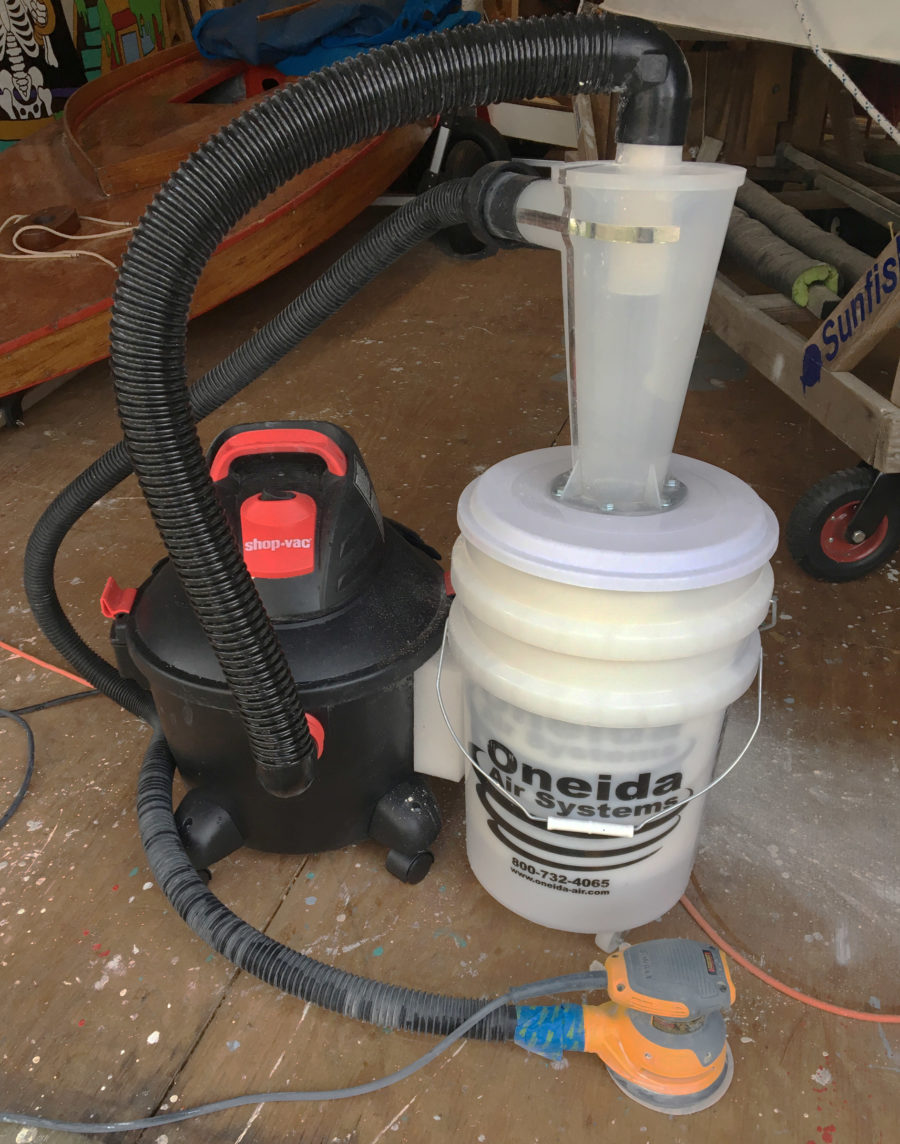
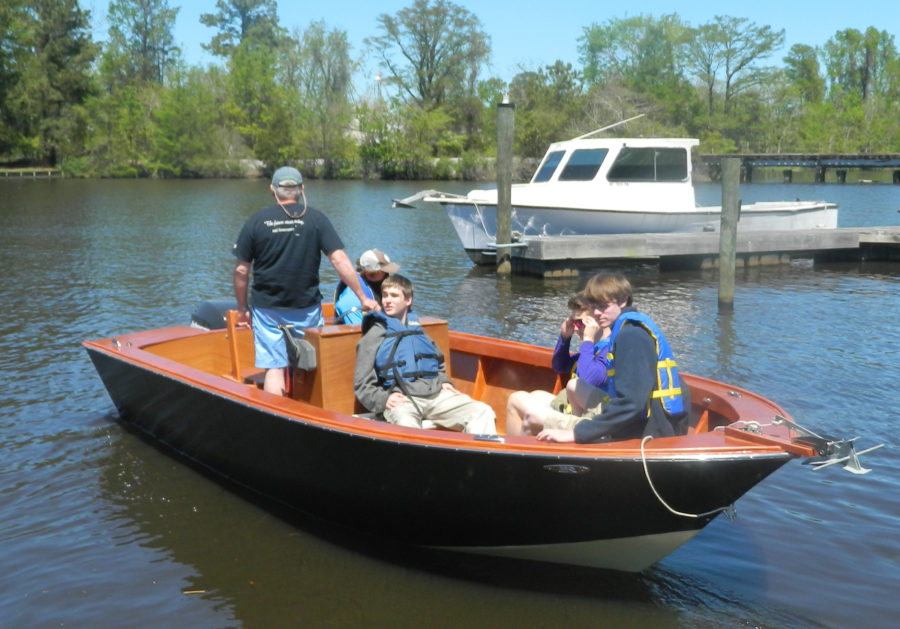
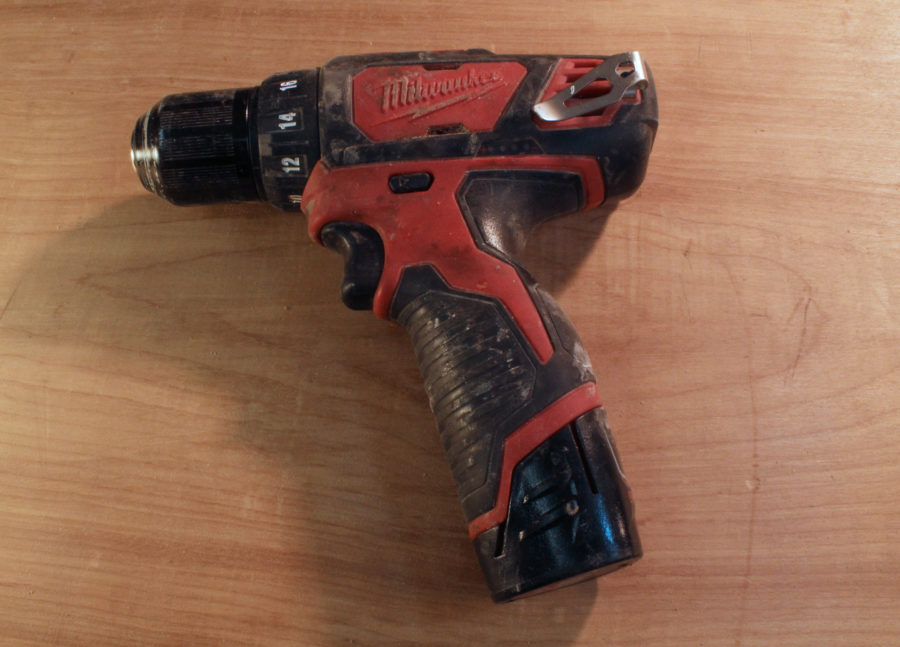
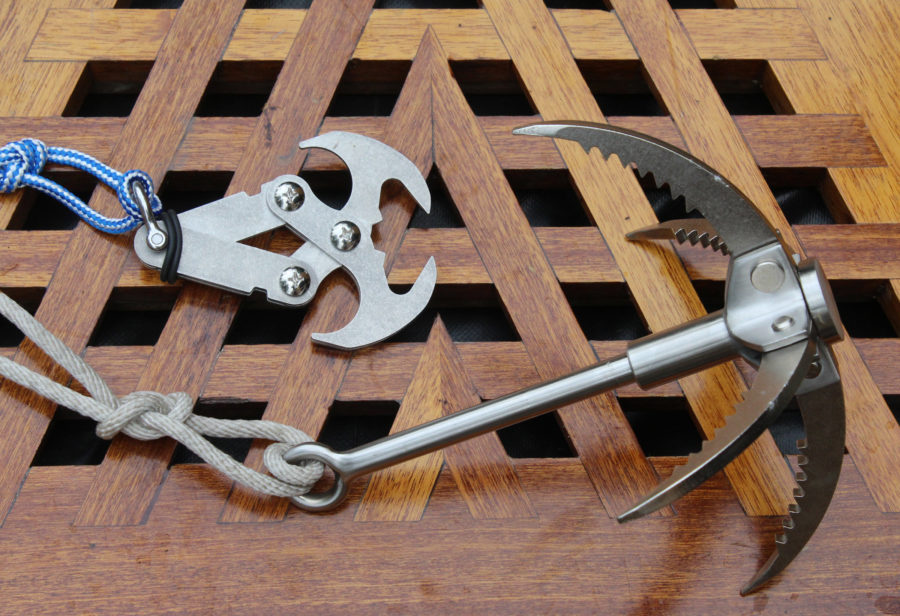
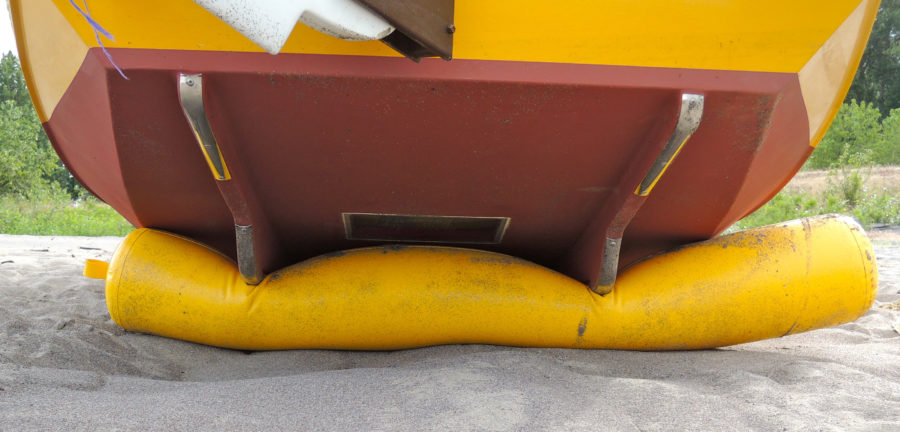
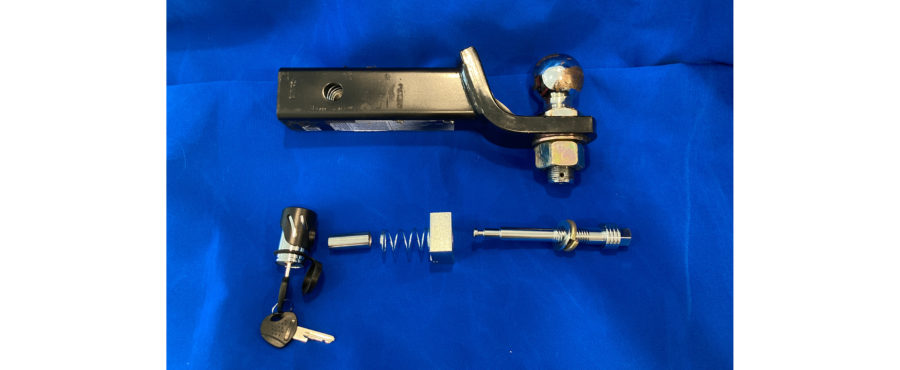
Awesome!
Agreed! Great idea!
Awesome. I, too, have to move the trailer for my faering, IRONBLOOD, over rough field, and it has become very difficult as I get within a half year of 80! This is a very nice solution. (Much better than selling my beautiful 15-year-old escape hatch.)
When you want put the trailer in a different direction, do the wheels turn usually? I find that when I have to change direction with my regular trailer, I wind up having to kick the wheel around.
Al, kind of depends on the surface I’m on. Anything fairly hard track is automatic as there is a bunch of offset in the wheels. The photo shows the bit of line that use to pull it around. Nice not having to bend or push on hard stuff.
Hi Ben,
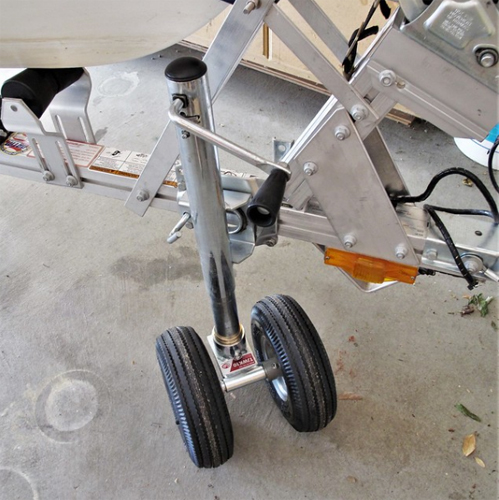
Just saw this. Since I was one of the WoodenBoat Forum members who copied Thorne on this great idea, just thought I should post a photo. The wheels are still working very well on my light Trailex trailer. They seem like overkill, but the big wheels make the trailer float over rough ground and the whole thing is just easier to maneuver on any surface.
Do you have picture of the wheels in the horizontal swivel up position?